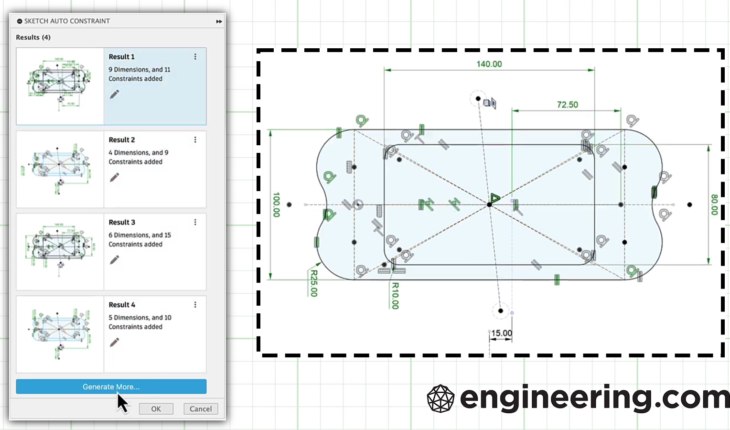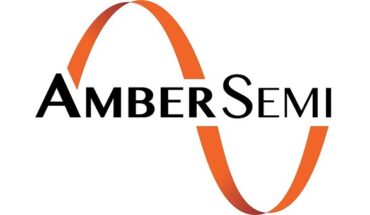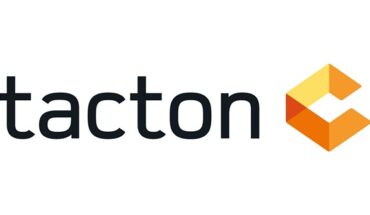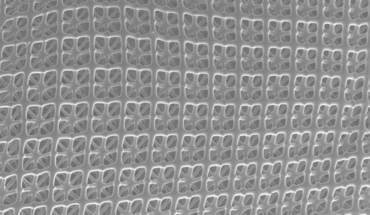Autodesk’s new tool aims to simplify sketching. At least it’s not another AI chatbot.
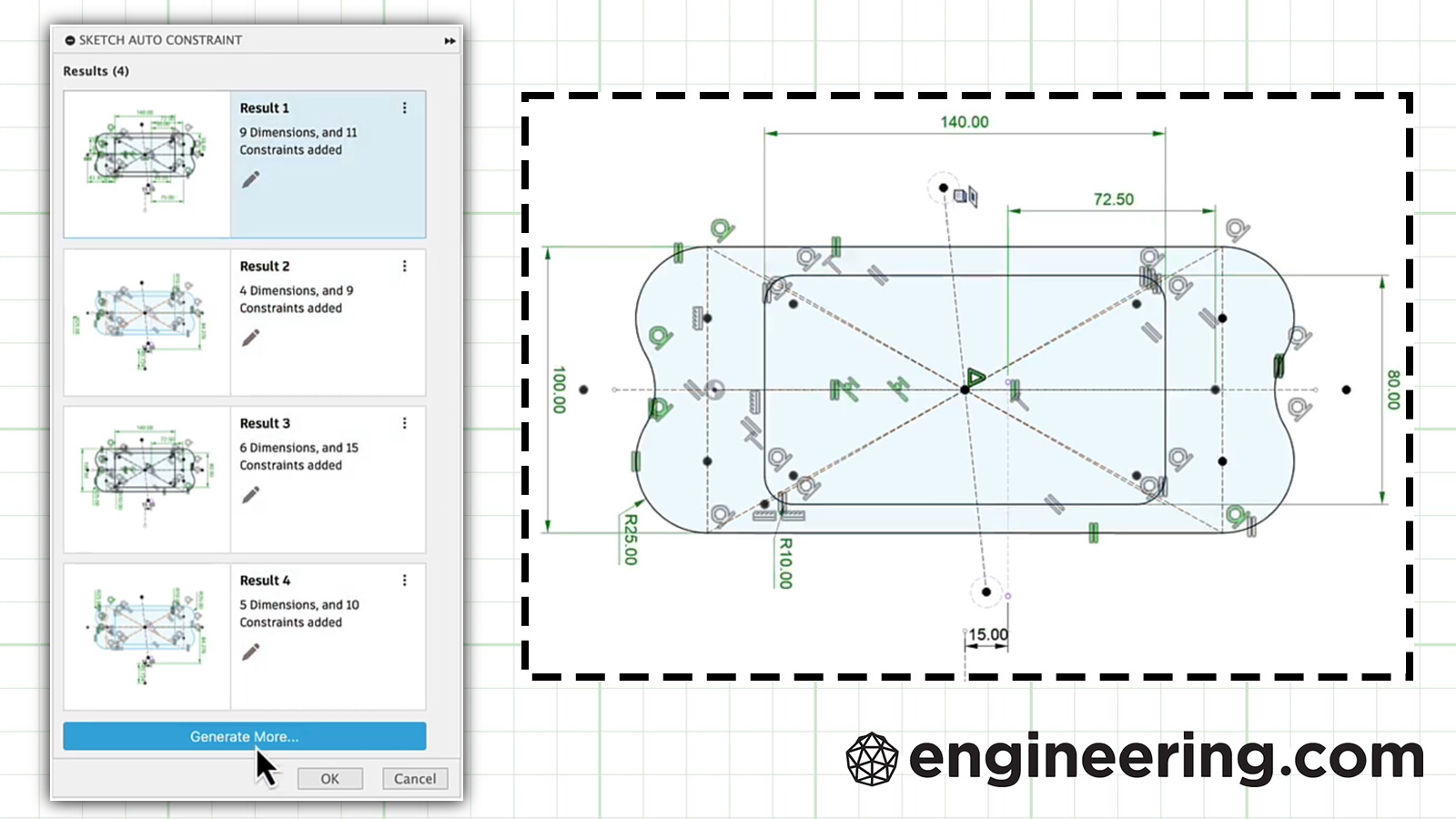
Welcome to Engineering Paper, where every week we bring you the latest design and simulation software news.
First up today is an update on Nemetschek Group’s AI Assistant, a chatbot that will launch in Allplan and Graphisoft Archicad before eventually coming to Nemetschek’s entire portfolio. If you missed that story last week, you can catch up on the details here.
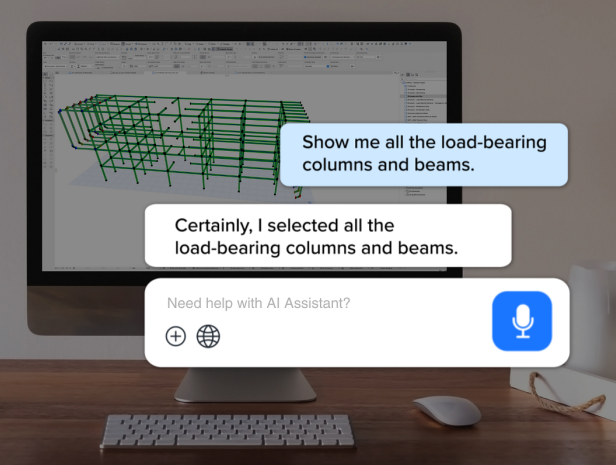
We’ve now learned when users can expect to see the AI Assistant in action, and unfortunately, they’ll have to wait. A representative of Nemetschek Group told me that the chatbot will come to the web version of Allplan in Q1 of this year, but it won’t hit the desktop version until it previews there in October. In Archicad, the AI Assistant will enter beta in Q2 and tech preview in Q3, with a commercial release slated for October 2, 2025.
Even then, not all users will benefit. I was told the AI Assistant will only be available to users with a “Premium Subscription,” though I couldn’t verify which specific plans that describes (neither Allplan nor Archicad has a “Premium” tier available at time of writing).
As I commented last week, it’s hard to get excited about an AI chatbot in 2025. The fact that only the highest-paying users will have access to Nemetschek’s AI Assistant, and many of them will have to wait nearly a year for the privilege, is downright deflating.
Autodesk launches Fusion Sketch AutoConstrain
Pumping a little air back into the AI bouncy castle is Autodesk, which has now released a promised AI feature for Fusion called Sketch AutoConstrain. First announced at Autodesk University last October, AutoConstrain uses AI to determine likely dimensions and constraints and apply them to sketches.
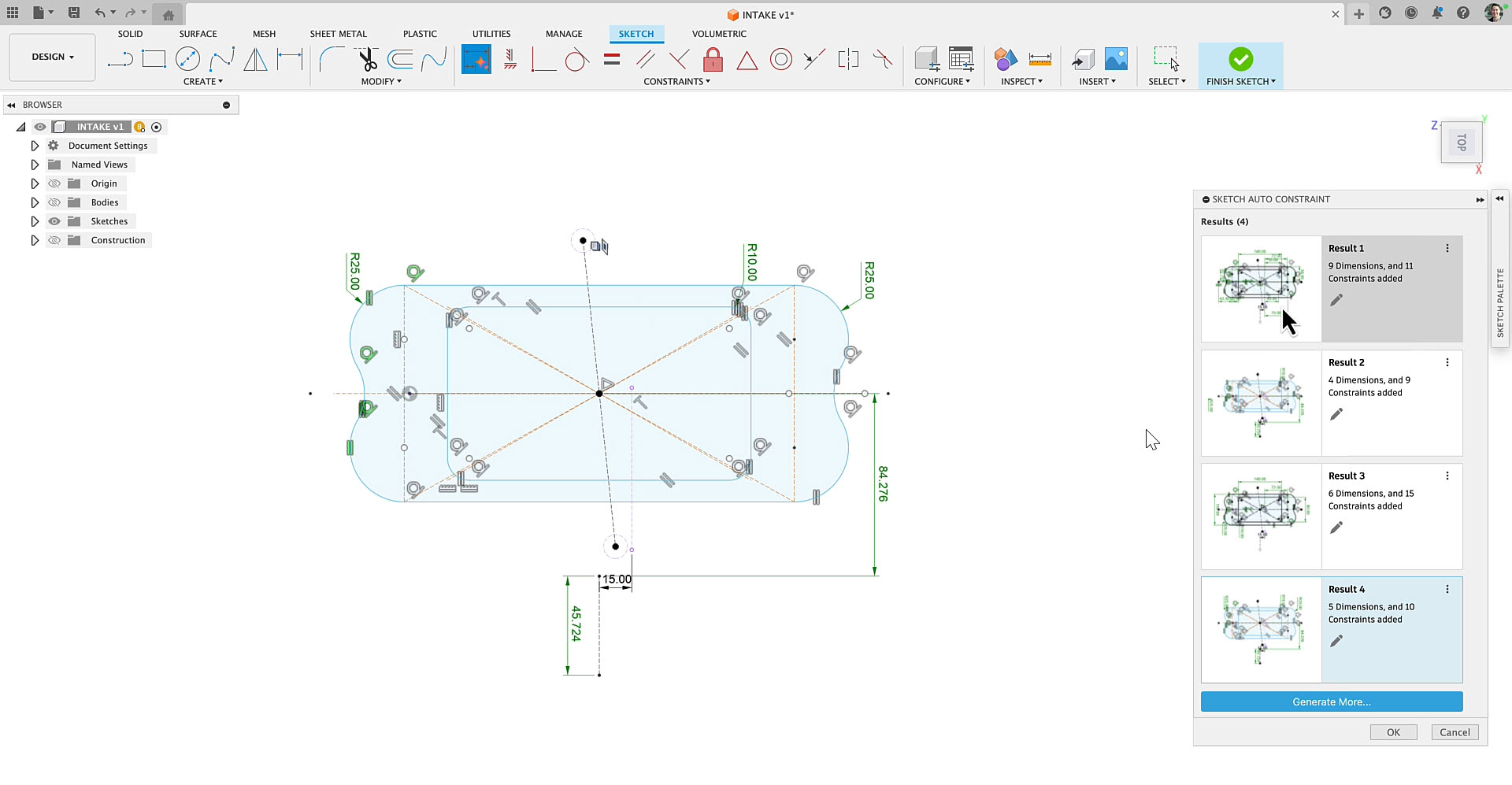
When I first heard about it, my big question about AutoConstrain was: why? I’m so used to defining my own sketches that I figured all this feature could do was get in the way. But after seeing a demo of it earlier this month, I’m starting to come around.
Autodesk’s Jeremy Stadtmueller and Bryce Heventhal gave me a tour of AutoConstrain and some compelling reasons why it can benefit beginner and expert Fusion users alike. You can read more about that demo in AI takes on sketching and drawings in Autodesk Fusion. It also includes a look at Automated Drawings, another recent Fusion feature that puts AI to work.
I’m intrigued, but the users always get the final verdict. Please let me know about your experience with Fusion Sketch AutoConstrain or Automated Drawings at [email protected].
Siemens updates Simcenter for auto and aero
The latest update to Siemens Simcenter added some useful features for engineers in the aerospace and automotive industries. For the former, the simulation software now includes integrated aerostructure analysis, automatically creating free-body diagrams and running margin of safety (MoS) calculations.

For automotive engineers, Simcenter now offers the ability to design and simulate axial flux motors in a single workflow that includes Simcenter E-Machine Design and Simcenter 3D. The simulation platform also introduced new tools to optimize gearbox noise, harshness and vibration (NVH) performance, plus enhancements to virtual sensing and additive manufacturing simulations.
3D printing spare parts
For those of you interested in 3D printing, my colleague Ian Wright recently reported on a promising application for the automotive industry. He writes:
“One of the underappreciated applications for 3D printing technology is on-demand production of spare parts, particularly in the automotive industry. While we may never see automakers churning out fleets of 3D printed cars, using additive manufacturing (AM) to ameliorate supply chain issues is growing in popularity.
Case in point, 3D Systems and Daimler Truck | Daimler Buses are now collaborating along with Oqton and Wibu-Systems on enabling the commercial vehicle manufacturer’s certified AM partners to 3D print spare parts. These include underhood and cabin interior applications, along with pins, covers and inserts. According to 3D Systems, this capability will reduce delivery times for spare parts by up to 75%.”
Read the full article here: 3D Systems and Daimler collaborate on remote spare part printing.
One last link
I’ll leave you today with a lively conversation about technology and its growing impact on society. The Social Responsibility of the Technologist is an interview between Peter Carr, digital transformation expert and Engineering.com contributor, and his guest Bruce Schneier, public interest technologist and fellow and lecturer at the Harvard Kennedy School.
“I don’t know. Nobody knows. I don’t think we can even hypothesize at this point,” Schneier said, but you’ll have to watch the video to find out what he was talking about (spoiler: it’s Trump).
If that doesn’t slake your philosophical appetite, follow it up with Peter’s 2024 op-ed on why engineers must take responsibility for the widespread impacts of technological change: For good or ill, engineers will decide where Industry 4.0 will take us.
Got news, tips, comments, or complaints? Send them my way: [email protected].

